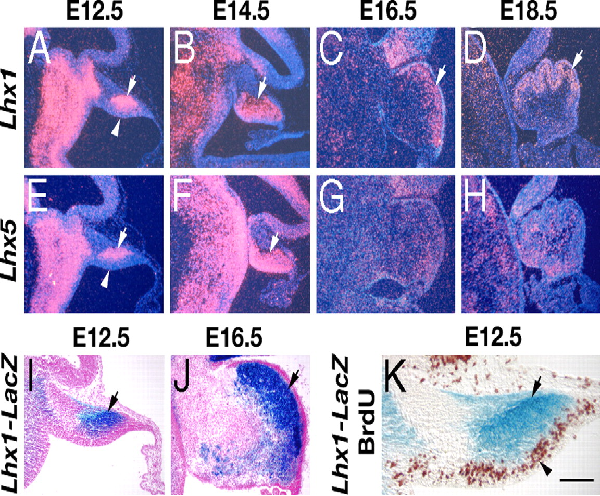Lhx1 Gene Helps People Adjust Better to Time Differences
| Paula Marie Navarra | | Aug 14, 2014 11:17 AM EDT |
Scientists claim Lhx1, a gene that can regulate sleep and wake rhythms, can help night shift workers and jet lagged travelers quickly adjust to time differences.
Satchidananda Panda from the Salk Institute of Biological Studies said it's possible many severe cases of dementias come from sleep disturbances.
Like Us on Facebook
Restoring normal sleep is important in addressing half of the problem, Panda explained.
Scientists said that every cell in the body has an abundance of proteins that dip or rise rhythmically over 24 hours. The body has a Suprachiasmatic Nucleus (SCN) that keeps all the cells in the human body in sync.
SCN is a small, densely packed region of about 2,000 neurons housed in the hypothalamus of the brain. SCN's neurons are in close and constant communication with one another.
The close interaction combined with exposure to light and darkness through vision circuits allows people to stay on essentially the same schedule every day, they said.
Shybbroz Gill, one of the researchers, said no one would have ever imagined Lhx1 could be involved in SCN function.
Lhx1 is a gene known for neural development. This is the first time it has been identified as a master regulator of light-dark cycle genes.
Lhx1, also known as LIM homeobox 1, is part of the large protein family containing the LIM domain, a unique cysteine-rich zinc-binding domain.
This gene can function as a transcriptional regulator involved in control of differentiation and development of neural and lymphoid cells.
Ludovic Mure, one of the researchers, said that the key to their study is communication. Neurons weren't talking to each other without Lhx1, Mure added.
Researchers now understand how Lhx1 exactly affects gene expressions that make them synchronized.
©2015 Chinatopix All rights reserved. Do not reproduce without permission
EDITOR'S PICKS
-

Did the Trump administration just announce plans for a trade war with ‘hostile’ China and Russia?
-

US Senate passes Taiwan travel bill slammed by China
-

As Yan Sihong’s family grieves, here are other Chinese students who went missing abroad. Some have never been found
-

Beijing blasts Western critics who ‘smear China’ with the term sharp power
-

China Envoy Seeks to Defuse Tensions With U.S. as a Trade War Brews
-

Singapore's Deputy PM Provides Bitcoin Vote of Confidence Amid China's Blanket Bans
-

China warns investors over risks in overseas virtual currency trading
-

Chinese government most trustworthy: survey
-

Kashima Antlers On Course For Back-To-Back Titles
MOST POPULAR
LATEST NEWS
Zhou Yongkang: China's Former Security Chief Sentenced to Life in Prison

China's former Chief of the Ministry of Public Security, Zhou Yongkang, has been given a life sentence after he was found guilty of abusing his office, bribery and deliberately ... Full Article
TRENDING STORY

China Pork Prices Expected to Stabilize As The Supplies Recover

Elephone P9000 Smartphone is now on Sale on Amazon India

There's a Big Chance Cliffhangers Won't Still Be Resolved When Grey's Anatomy Season 13 Returns

Supreme Court Ruled on Samsung vs Apple Dispute for Patent Infringement

Microsoft Surface Pro 5 Rumors and Release Date: What is the Latest?










